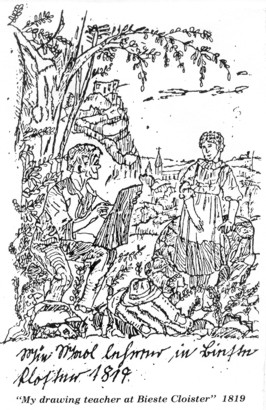
| Antonius Holtmann: | Kein Meisterstück oder: Wie "Liwwät Böke" mit fremden Federn geschmückt wurde .... |
 |
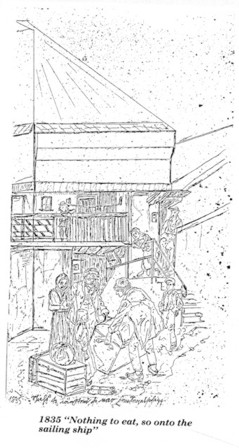 |
| "Liwwät" | Business Directory von Cincinnati (1891) |
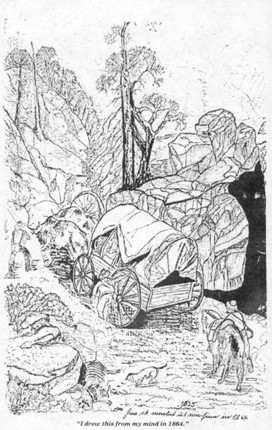 | 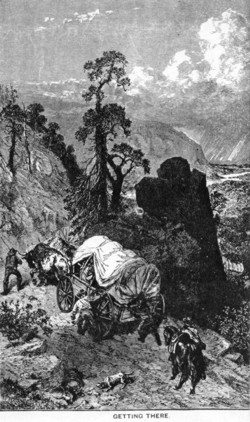 |
| "Liwwät" |
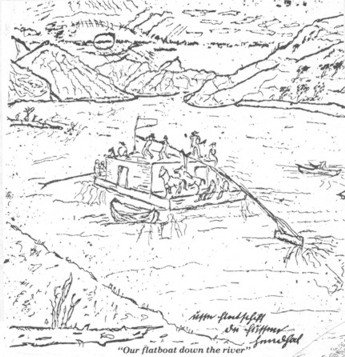 |
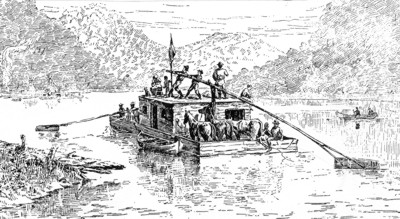 |
| "Liwwät" |
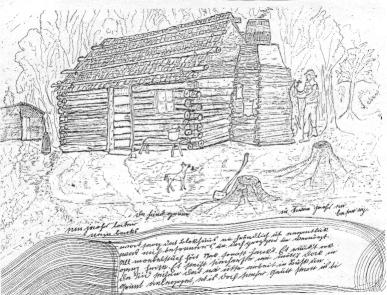 |
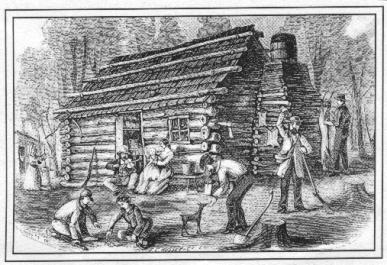 |
| "Liwwät" |
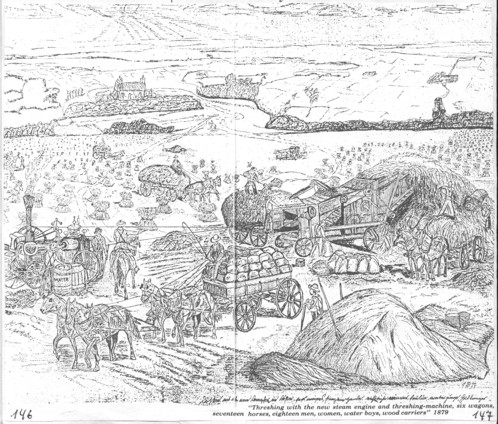 |
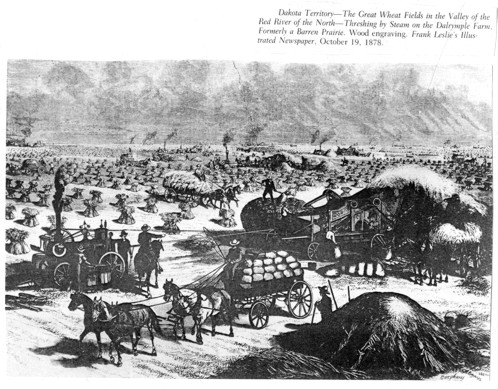 |
[17] Cinti Illustrated 1892 Business Directory. Cincinnati 1891; John Clark Ridpath: History of the World. Volume IV. New York: Merrill and Baker (Copyright 1894/1896/1897: The Jones Brothers Publishing Company), 83
[18] W. H. Venable: Footprints of the Pioneers in the Ohio Valley: A Centennial Sketch. Cincinnati, OH: Ohio Valley Press 1888
[19] Nathan H. Parker: Missouri as it is in 1867: an illustrated historical gazetteer of Missouri, embracing the geography, history resources and prospects ... The new constitution, the emancipation ordinance, and important facts concerning "free Missouri. Philadelphia: Lippincott 1867. - "Liwwäts" Text in der Transkription: "de hund gruen (?) / ein jaohr later / neie backs (?) / in tween jahor en basen (?) ny / wat saog dat Blockhuus nu fröndlich ut. Eegentlick was nich besonners un doch propper un vernögt. All moebelstück hät Natz sowst hankt (?), et ruukt ook ganz frisk. Et steiht siecherste wi mött't dock in de Tiid sehen dat wi usse arbeit in Busk un Grunt anlegget, et is doch siecher, Gautt steott us bi" - (LK: "One year later, new outhouse / The dog is growling / In two years a chimney (will be) up / The loghouse appears friendly now. Actually (it) was nothing special, and yet clean and cheerfull. Natz carved all the furniture himself. It also smells quite fresh. It is most certain we must yet in time see that we plan our work in the forest and fields; it is, however, certain God stands by us.") - "Liwwät" hat das optische Angebot eingelebter Nutzung des Blockhauses so reduziert, dass Anfänge suggeriert werden (von links nach rechts): Da fehlen die Frau am Butterfass, die Sense und das Gewehr, Details der Inneneinrichtung in der offenen Tür, der Fiedler mit Hut und die Frau mit Kind. Es fehlen die spielenden Kinder und der Gespiele des Hundes und der Jäger mit seiner Flinte.
[20] Frank Leslie’s Illustrated Newspaper vom 19. Oktober 1878 („Dakota Territory The Great Wheat Fields in the Valley of the Red River of the North nbsp; Threshing by Steam on the Dalrymple Farm, Formerly a Barren Prairie”. Wood. Engraving). Vgl. Sarah Burns: Pastoral Inventions: Rural Life in Nineteenth Century American Art and Culture. Philadelphia: Temple University Press 1989, 71; vgl. auch Ingeborg Weber-Kellermann: Landleben im 19. Jahrhundert. München: Beck 1987, 365 („Das Dreschen mit der Dreschmaschine auf dem Erntefeld“).| [HOME - German] | [HOME - English] | [Datenschutz] |
| Forschungsstelle Deutsche Auswanderer in den USA - DAUSA * Prof.(pens.) Dr. Antonius Holtmann Brüderstraße 21 a -26188 Edewecht - Friedrichsfehn *Kontakt: antonius.holtmann@ewetel.net | ||